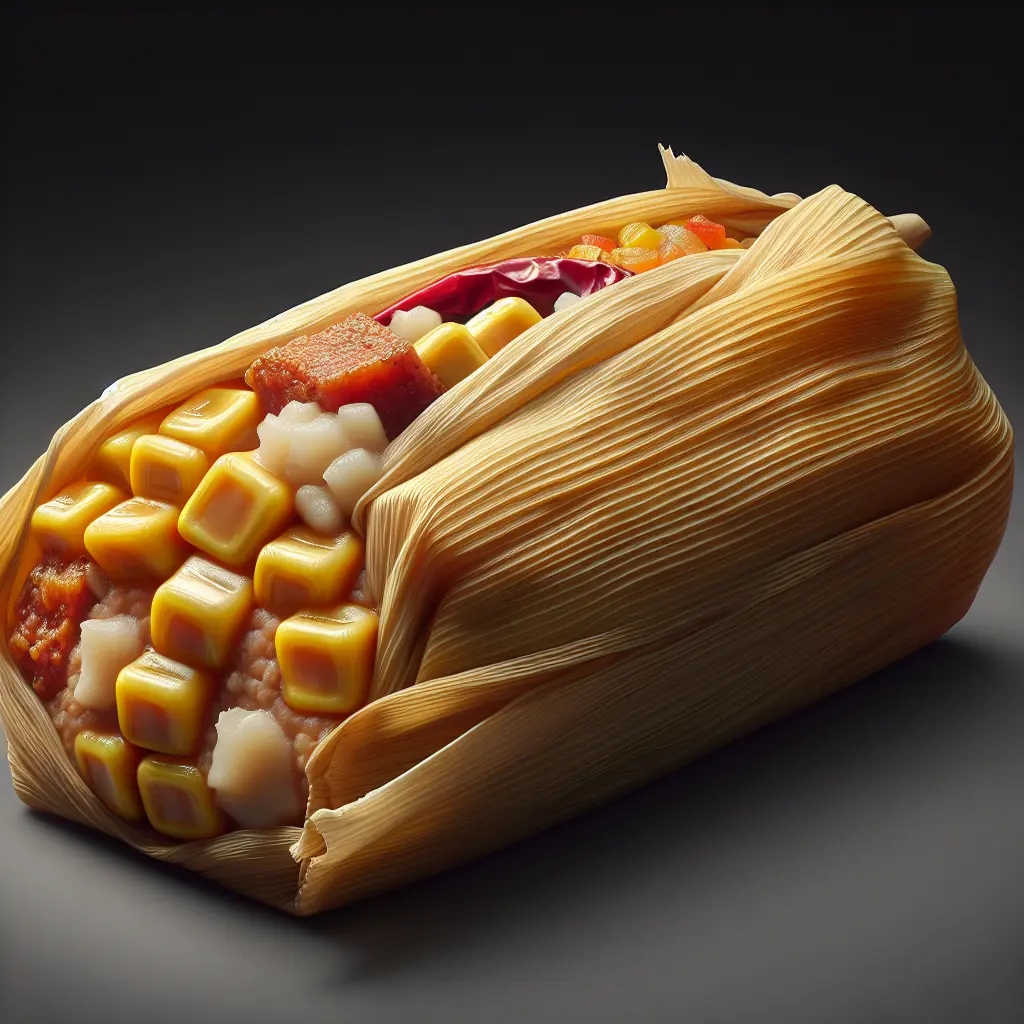Delving into the Culinary Delights of Tamales
Tamales, a testament to culinary artistry, have captivated taste buds for centuries. Originating in Mesoamerica, these savory parcels are crafted from corn dough and filled with an array of tantalizing ingredients. The dough, made from ground corn kernels, is spread onto corn husks or banana leaves and transformed into a pliable canvas for culinary creations.
The fillings, a symphony of flavors, range from succulent meats to savory vegetables. Chicken, pork, and beef are popular choices, their rich textures complemented by aromatic spices. Beans, such as black or pinto beans, add a hearty and earthy dimension. Vegetables, such as bell peppers, onions, and tomatoes, infuse a vibrant freshness. The fillings are generously seasoned, often with cumin, chili powder, and achiote paste, creating an explosion of flavors in every bite.
Unveiling the Nutritional Treasures of Tamales
Beneath their delectable exterior lies a wealth of nutritional goodness. A single tamale, weighing approximately 100 grams, delivers a satisfying 247 calories. This caloric content is primarily derived from carbohydrates, which provide sustained energy throughout the day. Protein, essential for building and repairing tissues, is present at approximately 10 grams per serving.
Tamales also boast an impressive fiber content of 3.4 grams, aiding in digestion and promoting a feeling of fullness. This fiber, coupled with the complex carbohydrates, helps regulate blood sugar levels, preventing sharp spikes and dips in energy. Additionally, tamales contain a notable amount of iron, crucial for oxygen transport throughout the body.
Variations and Cultural Significance of Tamales
The diversity of tamales is as vast as the regions they originate from. In Mexico alone, there are over 500 known varieties, each with its unique characteristics. Oaxacan tamales, renowned for their vibrant colors and complex flavors, are wrapped in banana leaves and often feature mole sauce. Yucatecan tamales, on the other hand, are distinguished by their smaller size and the use of achiote paste, imparting a vibrant orange hue.
Beyond Mexico, tamales have found a home in many other Latin American countries, each with its own cultural interpretations. In Guatemala, tamales are often filled with chicken and vegetables, while in El Salvador, they are known as pupusas and are typically filled with cheese or beans. In Nicaragua, nacatamales are a festive dish, prepared with pork, rice, and vegetables, wrapped in banana leaves and cooked in underground ovens.
Conclusion
Tamales, with their captivating flavors and nutritional richness, are a culinary treasure that has stood the test of time. Their versatility and cultural significance make them a beloved dish throughout the world. Whether enjoyed as a savory breakfast, a hearty lunch, or a festive treat, tamales continue to tantalize taste buds and nourish bodies, leaving a lasting impression on the culinary landscape.
How many calories are in Tamale?
Each 1 piece of Tamale contains 247 calories.
Tamale Nutritional Information
| Nutrient | Amount per 1 piece (142g) |
|---|---|
| Calories | 247 Calories |
| Protein | 10g |
| Fat | 13g |
| Saturated Fat | 3.8g |
| Cholesterol | 0.028mg |
| Carbohydrates | 22g |
| Dietary Fiber | 3.4g |
| Sugar | 0.7g |
| Sodium | 0.672mg |
| Potassium | 0.2158mg |
| Calcium | 0.107mg |
| Iron | 0.0012mg |
